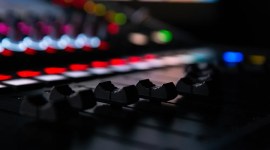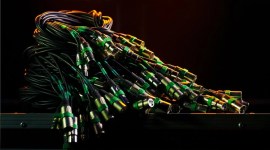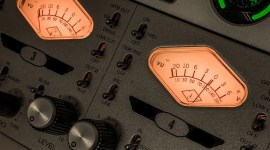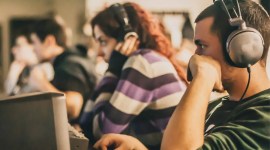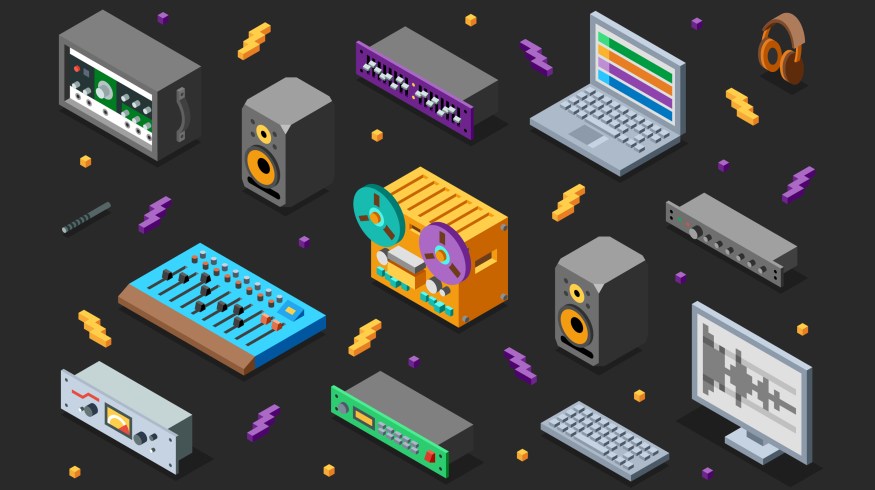
What is Reverb?
How do we use and create reverb? Here are some insights into this audio effect and why it’s widely used in the music and film industry.
When creating a song, a soundtrack for a film, or implementing sound design for your video project, you’ll always come across the audio effect, reverb. It can be used in a variety of ways and is ultimately used to create a sense of space.
Applying reverb provides atmosphere and adds that little bit of life to your work. Without the wonders of reverb, a lot of music and the sounds we hear on screen would feel flat and bland, and could even be disorienting for a viewer.
So what exactly is Reverb?
The definition of reverb (short for reverberation) is when a sound occurs in a space that sends sound waves outwards in all directions. As the waves reflect off surfaces, that reverberated sound gradually decays.
Reverb produces early reflections, the sound that reaches us a few milliseconds after the direct sound. Our brain uses this information to determine the room size as well as the character of the reverb.
The bigger the space, the longer the reverb. For example, in a cathedral, the space is much larger. The reverberations last longer as the reflections take more time to get to our ears, creating more depth. Singing a solo in a church sounds better than singing in a small room because the sound lingers for longer in the air in the bigger space. In a smaller space, the reverberation bounces back faster and doesn’t differ from the original volume.
As technology has progressed, reverb can be produced digitally using Digital Audio Workstations (DAW) on any recorded sound or software instrument. It is commonly used in all types of music tracks or sound design, and it is always needed in order to give back the characteristics of an acoustic space.
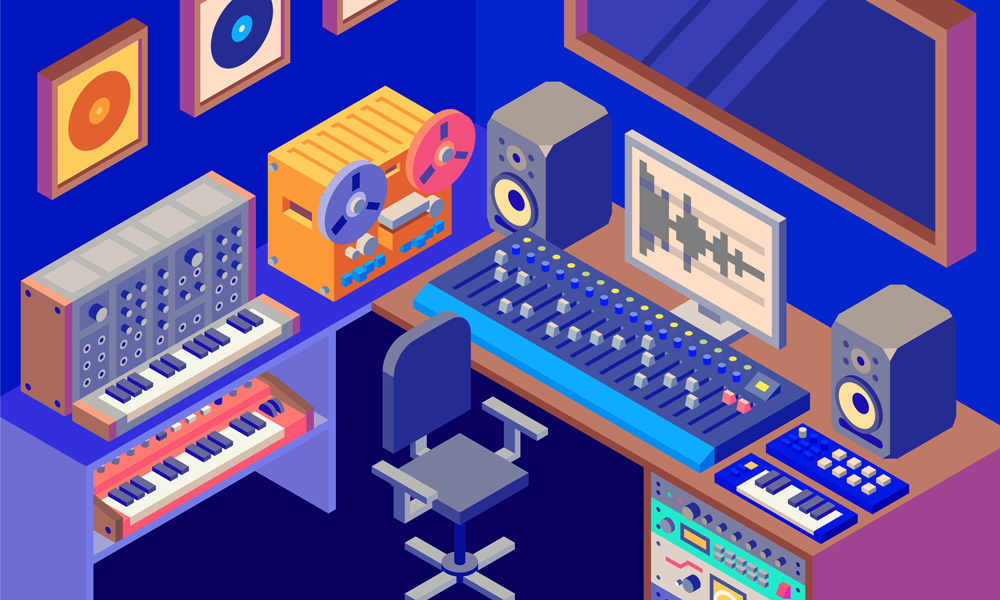
Different types of Reverb and their Functions
When you open an NLE and look at adding reverb to your sound effect, your NLE may just denote the effect as “reverb.” But, there are actually several variations of the effect that are all unique to each other. Some NLE’s with better reverb filters might reference these reverb types.
However, when using a DAW, the reverb processor has different sets of algorithms that can imitate the reverbs we’re accustomed to or ones that have a more unnatural character. Those are Room, Hall, Chamber, Plate, and Spring.
Room Reverb
Room reverb is a digital imitation of the reverberation you would get in a smaller acoustic space. This should match the sound you would hear in the real world.
For those wanting to produce a more intimate track or create that in-person live experience, applying room reverb on vocals, drums, piano, or anything can provide that natural color. Applying room reverb to a scene with a couple of people in a kitchen, bathroom, or any space that has a more noticeable reverb would instantly give you a more believable sound design.
Hall Reverb
Hall reverb is to reproduce the reverb we hear from a concert hall. These types of spaces are explicitly designed acoustically to ensure that any sound produced will sound good!
The balance in general in these halls is also essential. Think about an orchestra, for example. The orchestra’s dynamic range is vast, and these concert halls can accommodate this.
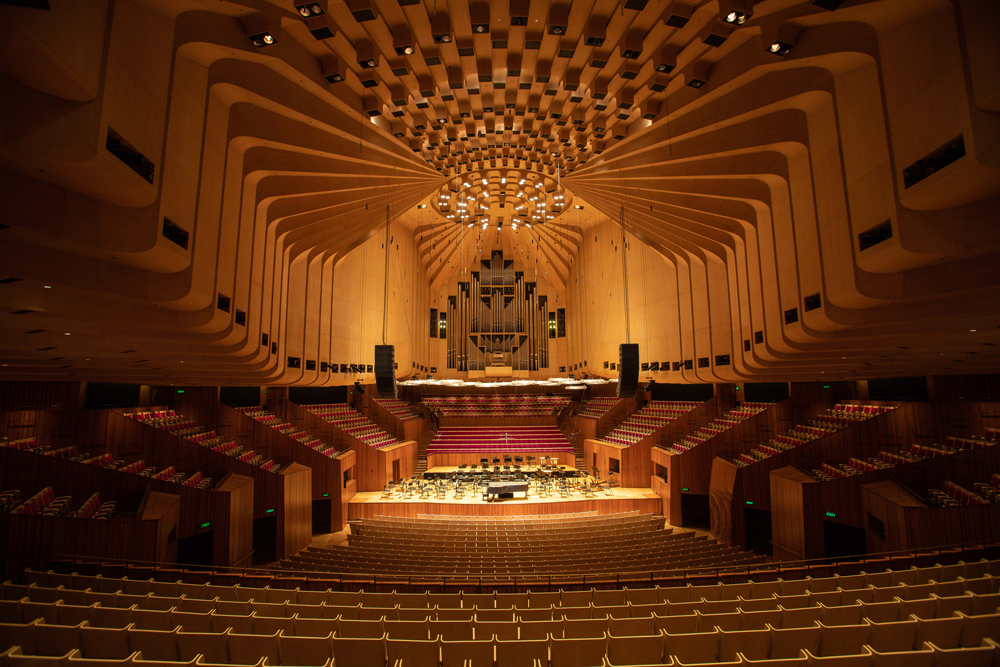
As the space tends to be much larger, the reverb is much bigger and lasts longer. This preset is perfect for orchestral instruments such as strings and also pads. It provides a much thicker color which can be perfect for your highly dramatized and intense orchestral passages (much like Hans Zimmer).
However, this type of reverb can cause your track to get a bit lost and become too muddy, so it’s good to use in moderation. If you have a scene where a character is in a much bigger space, such as a shot of someone walking in a large hall, you can put these parameters in place to emulate this acoustic space.
Chamber Reverb
Similar to Hall Reverb, this is also designed to add ambiance to your mix. The idea of chamber reverb is to play a recording through a speaker, set up a microphone in a room, and then capture the sound that creates with the natural echo of the chamber.
In music production, the room needs to be fully isolated for the chamber to produce its true color. This goes back historically; Abby Road Studios and Capitol Studios both have chambers that are highly recognized still to this day. The Beatles have chamber reverb in many of their recordings too.
Chamber reverb has a bit more clarity which stops it from getting muddy, and is great to use on any instrument. This method has very little practical effect in the filmmaking world but you never know what sort of weird things you might capture re-recording your sound effects into an echo chamber….might be worth a shot!
Plate Reverb
Plate reverb is different from Room, Hall, and Chamber as its function isn’t to mimic those real-life spaces. This type of reverb is literally produced by a hanging sheet of metal in a box. When a sound is played into the box, it creates an illusion of reverb. The vibrations produced are picked up with a contact microphone and are described as smooth and bright, although has an unnatural tone.
It’s good for highlighting melodic instruments to shine through the mix without being too harsh. The plates have a high echo density which enables the smooth-sounding reverb. Going much deeper, the higher frequencies from the direct sound source wear out the energy of the plates much faster than the lower frequencies. This results in the higher frequencies being more in the forefront of the mix, and the lower frequencies tend to tail out later on.
Plate reverb can be used on a drum kit, specifically on snares or toms. It can also give your mix a much brighter tone, which is great for pop vocals.
Plate reverb is one of the reverb types that isn’t typically used in post production dialogue scenes as it’s more suited for music tracks. However if the option is available in your editing software, there’s no harm in playing around with it to see if it could enhance sound effects in a horror or scifi scene. Any time you might be world building can be a good idea to try new and different reverb effects.
Spring Reverb
Also similar to plate reverb, spring reverb has a very unique character with an almost alien-like metallic sound. Popular in the 1960s, this type of reverb is produced by feeding in a signal through one end of the spring by a transducer (a device that converts one form of energy into another), thus creating waves that travel in the springs.
The other end of the spring has another transducer (or the pick-up) and converts the motions of the spring into a signal that is added to the original dry sound. Once it arrives at the other end of the spring, part of the energy from the wave is reflected and stays in the spring, which in turn creates the reverb.
These are commonly found in guitar amps but can also e found on DAWs. They are perfect for that vintage-style sound, especially on an electric guitar. Like plate reverb, this isn’t something commonly used on dialogue and is more often useful for instrumental uses.
Here is an example of the type of reverbs described above using a drum pattern. It also includes Gated reverb (you will hear the noticeable cut-off in the reverb signal), Non-Linear (rather than the reflections becoming quieter, non-linear reverb can dynamically swell before tailing off), and Reverse Reverb (takes the reverb tail and is reversed).
Parameters
When applying reverb, there is also a variety of parameters that you can adjust in order to find your ideal sound. In addition to the type of reverb, the other parameters include Pre-Delay, Decay, Size, Dry/Wet, and EQ (Equalizer). There are many more, but these are the most important for beginners.
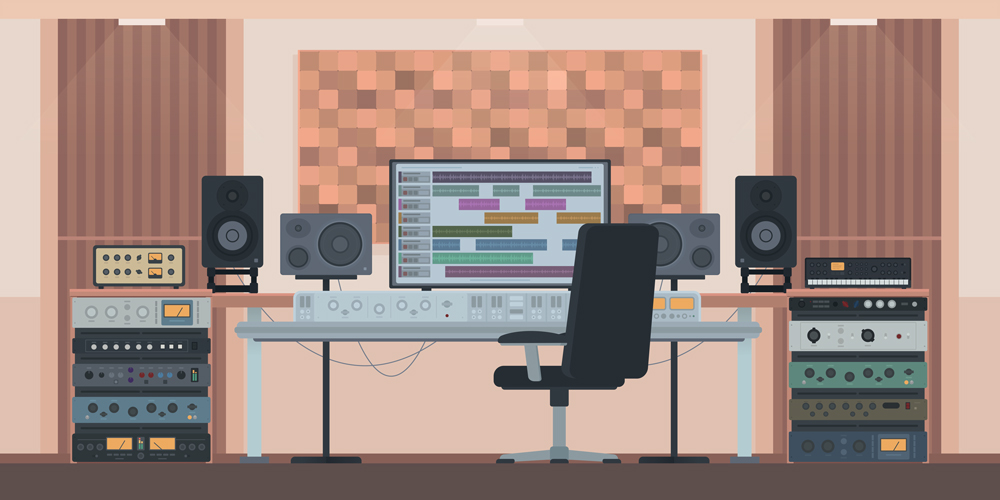
- Pre-Delay determines the time between the start of the original sound signal and the arrival of the early reflection. The longer the pre-delay, the larger the room sound bringing the sound to the forefront.
- Decay is the time (measured in seconds) it takes for the reflections to die away.
- Size is pretty simple: it determines the dimensions of the room. The higher the setting, the larger the space.
- Dry/Wet are two separate sliders that adjust the balance between the original signal (Dry) and the signal with the reverb (Wet). The more Wet signal you bring in, the more you will hear the reflections of the reverb than the original sound source. Playing around with this parameter can be fun!
- Adjusting the EQ (Equalizer) can change how the reverb sounds. In short, EQ is the process of altering the balance of the frequencies in an audio track. Having a low pass filter on the reverb reduces harshness and creates a dampness effect to the mix. Having a high pass filter means cutting the low-end frequencies on the reverb, creating a less-muddy mix.
Where would you use Reverb?
Most music productions record vocals or instruments in isolation booths. This is to isolate the sound without picking up other natural sounds heard from the outside. However, the recording will sound very flat and unnatural when playing back. You will have a similar issue when ADRing your film. Applying digital reverb not only provides natural-sounding space, but also enhances the sound to give it some life.
In popular music, reverb is commonly used on vocals. Film soundtracks use reverb to recreate the space shown on screen, in addition to building tension and foreshadowing. Even classical music recordings use some reverb to give that little bit of ambiance.
Hans Zimmer’s score for Interstellar (a masterpiece in my opinion) is filled with reverb that compliments the vast amount of space (quite literally) we see as the viewer. It enhances the feeling of going into the unknown.
Now imagine it without reverb. There would be no shape, totally two-dimensional! Listen for the piano and harp melody. The reverb makes the melody sound alone, away from everything with nothing around you.
In regards to sound effects, reverb provides a more realistic space from the viewer’s perspective. As most will know, the sound effects you hear on screen are often recreated in post-production. This is to enhance the audio quality, as the film sets and props may not acoustically react as they would in real life.
A Foley Artist is responsible for re-creating these sound effects, whether it’s footsteps, door creaks, the rustling of leaves, etc. You know the Foley artist has done a successful job when the sounds integrate so seamlessly that the viewers don’t even notice.
In this example below From Mission: Impossible II, the injection action has a touch of reverb to it. It enhances this action as it is a moment in the scene; it gives it that shock factor. In the slow-motion scenes, the reverb on the gunshots adds that dramatic effect.
Pay attention to the reverb when listening to your favorite tracks or watching a movie. If you’re a beginner music producer, create a single track in your DAW and play with the reverb effect.
Experiment with different reverb types, play around with the various parameters, and see how much you can differ the reflections. If you’re editing sound on a film or recording sound effects, applying some reverb can give you a more realistic space or build some tension.
Feature image via Sashatigar.
Want more on audio effects and editing? Check out these articles from our team:


